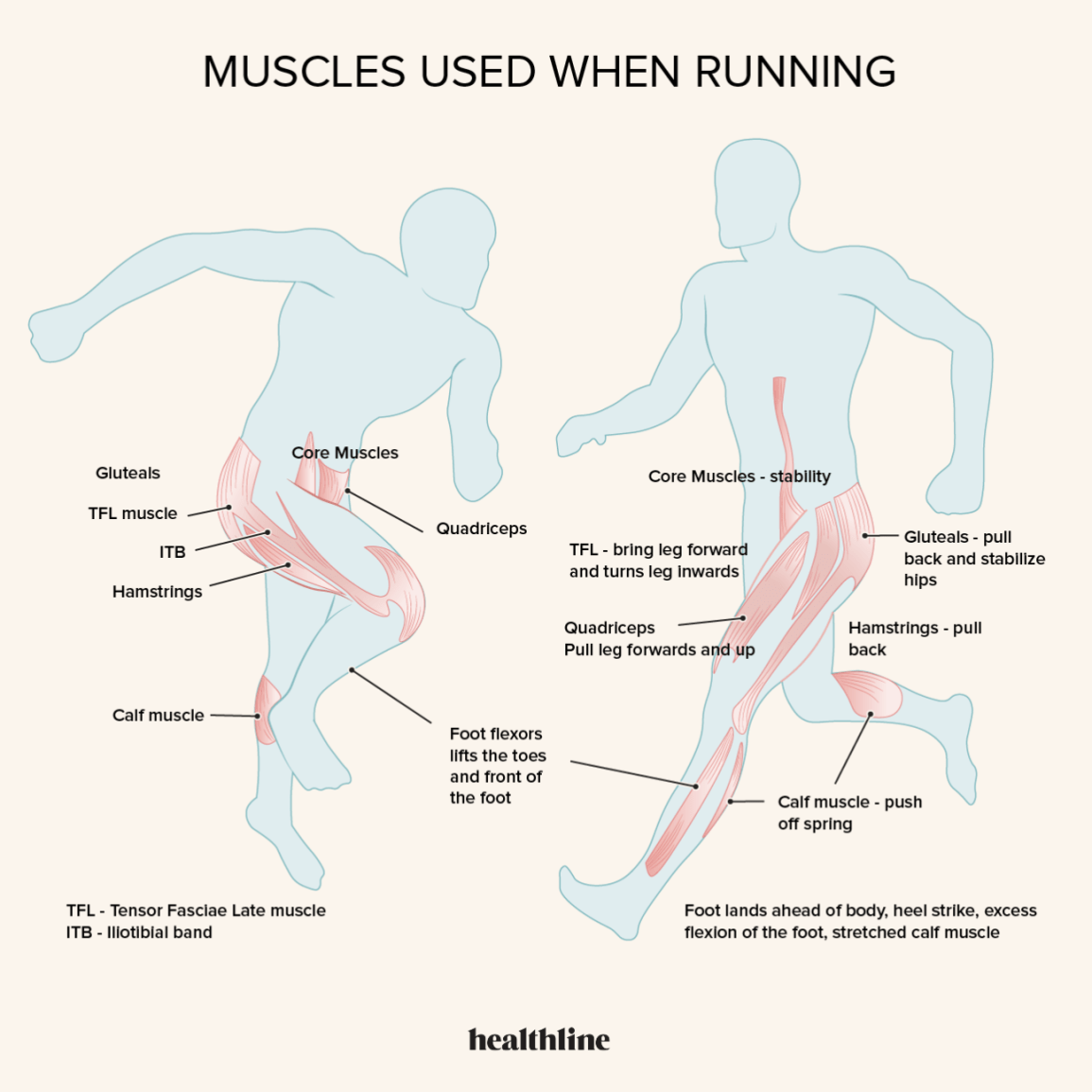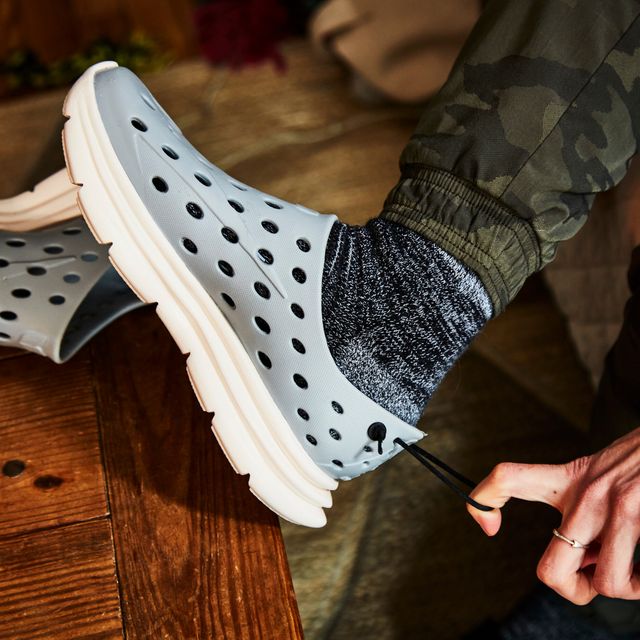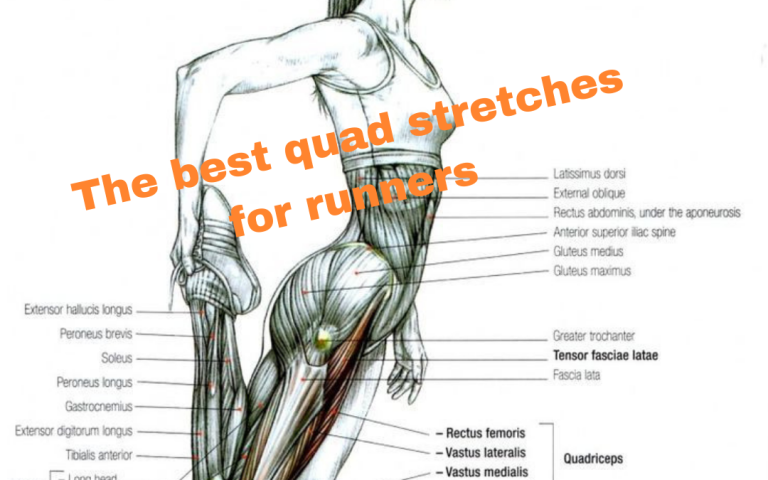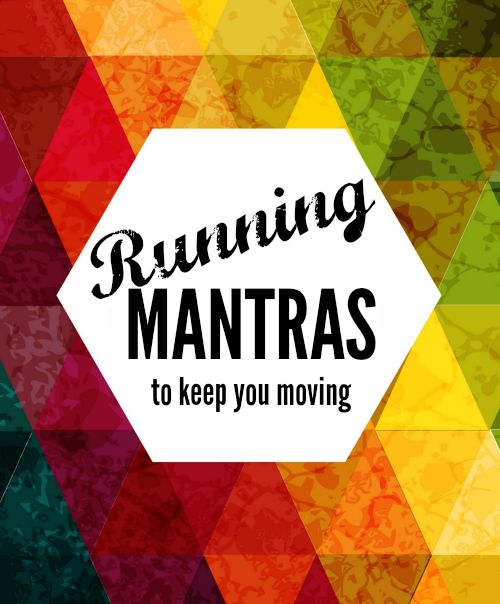What Muscles Does Running Work?
Running predominantly works the leg muscles, including the quadriceps, hamstrings, calves, and glutes. These muscles are responsible for propelling your body forward and supporting your body weight while running.
Engaging these muscle groups consistently through running helps strengthen and tone them, improving overall lower body strength and endurance. Running is a fantastic full-body workout that not only targets these primary muscle groups but also engages the core muscles for stability and balance.
Additionally, running can help improve cardiovascular health, boost metabolism, and aid in weight loss. By incorporating running into your fitness routine, you can enjoy a wide range of health benefits while sculpting strong, toned muscles throughout your body.
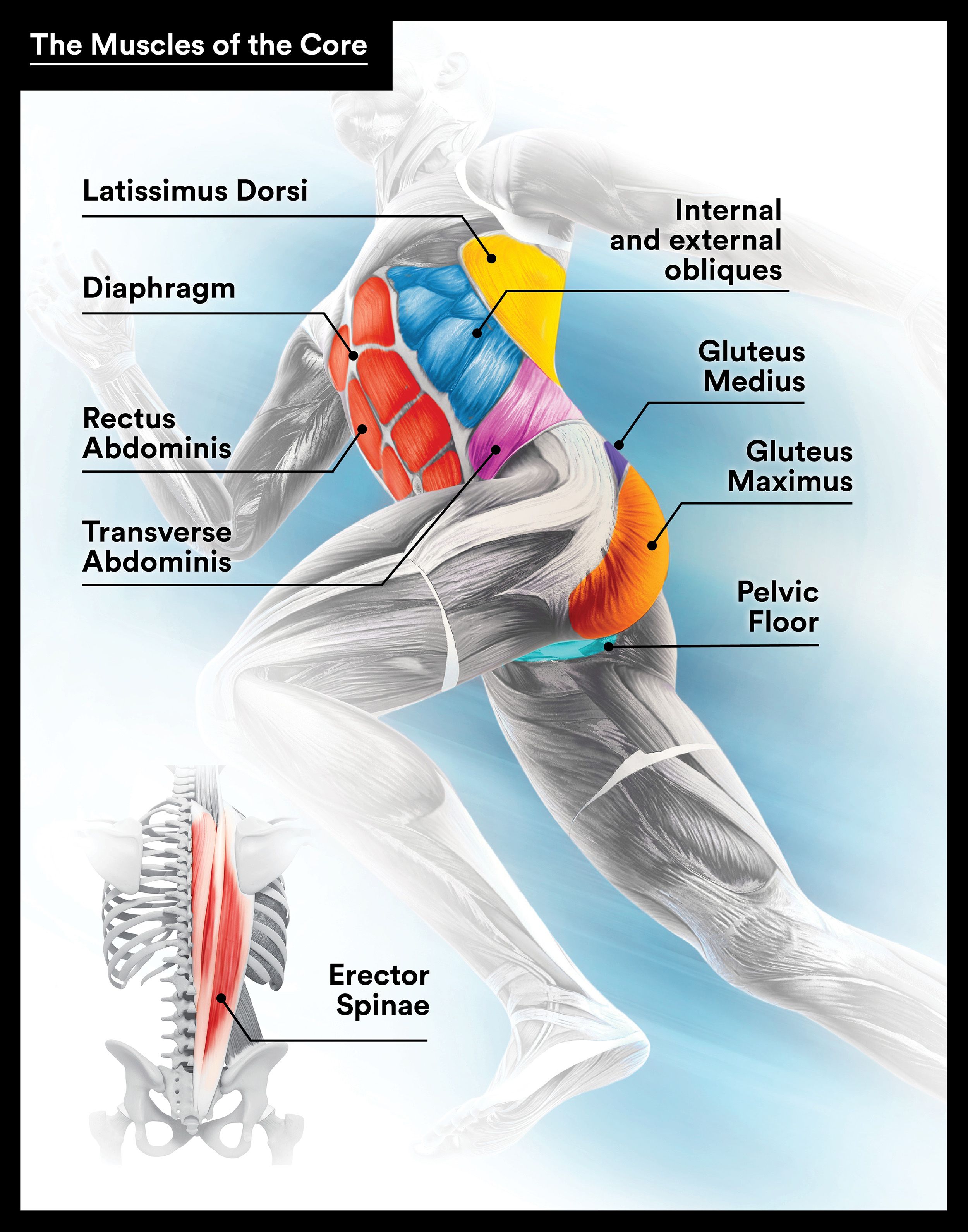
Credit: www.runnersworld.com
Benefits Of Running For Muscles
Running is an excellent way to engage and strengthen multiple muscle groups throughout the body. The activity of running works various muscles in the legs, core, and upper body, which helps to improve strength, stability, and overall fitness. Understanding the specific benefits of running for these muscle groups can provide valuable insight into the advantages of incorporating running into a regular exercise routine.
Improved Leg Strength
Running is an effective way to enhance leg strength due to the repetitive motion of propelling the body forward. This motion primarily targets the quadriceps, hamstrings, calves, and glutes, helping to develop muscle tone and endurance in these areas. Additionally, running on varied terrain, such as uphill or downhill, further challenges the leg muscles, leading to increased strength and agility.
Increased Core Stability
In addition to strengthening the legs, running also contributes to enhancing core stability. The core muscles, including the abdominals, obliques, and lower back muscles, play a vital role in maintaining posture and providing stability while running. The rhythmic motion of running engages these muscles, leading to improved stability and balance. As a result, running helps to develop a strong and stable core, which is essential for overall strength and injury prevention.
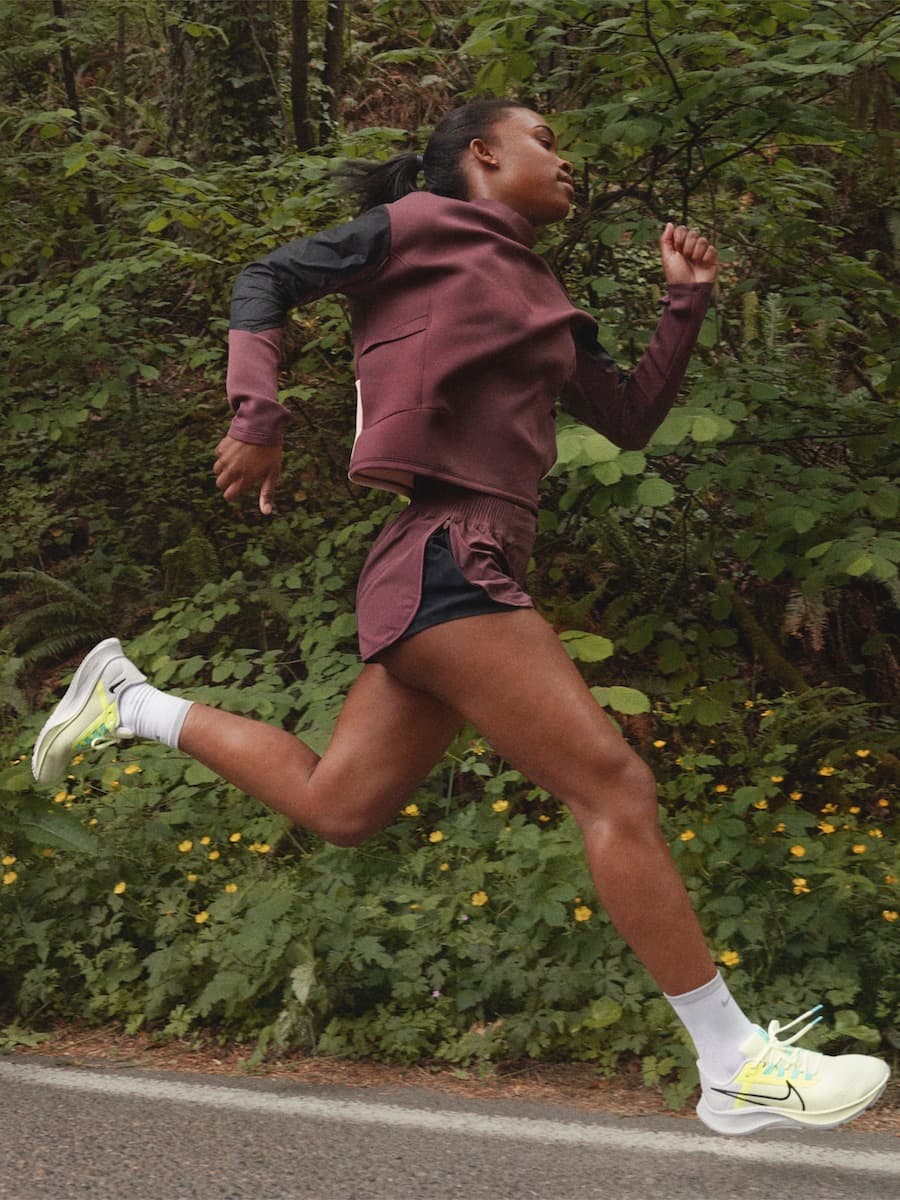
Credit: www.nike.com
Primary Muscles Engaged In Running
Running is a full-body workout that engages various muscles, providing a comprehensive strengthening and conditioning exercise. Understanding the primary muscles involved in running can help you optimize your training and prevent injuries.
Quadriceps
The quadriceps are the muscles located in the front of your thighs and play a crucial role in propelling you forward as you run. These muscles are responsible for extending your knee and are highly engaged during the push-off phase of your stride.
Hamstrings
Your hamstrings are situated on the back of your thighs and act as the primary muscles for bending your knee and extending your hip as you run. They work in coordination with your quadriceps to provide power and stability during each stride.
Calf Muscles
The calf muscles, including the gastrocnemius and soleus, are located in the lower leg and help control the movement of your ankle and foot. These muscles are essential for providing propulsion and absorbing shock as you push off the ground while running.
Secondary Muscles Involved In Running
Exploring the muscles engaged in running is crucial to understand the full-body workout the activity provides. While the primary muscles like the quadriceps and calves are heavily involved, secondary muscles also play a vital role in supporting and enhancing running performance.
Glutes
The glutes, comprising the gluteus maximus, medius, and minimus, are essential secondary muscles engaged during running. These muscles stabilize the pelvis, support hip extension, and contribute to propelling the body forward.
Hip Flexors
Engaging the hip flexors, including muscles like the iliopsoas, during running is crucial for lifting the knees and generating power in each stride. Strong hip flexors aid in maintaining an efficient running form.
Abdominals
The abdominal muscles, including the rectus abdominis and obliques, play a significant role in stabilizing the core during running. A strong core improves posture, reduces the risk of injury, and enhances overall running efficiency.
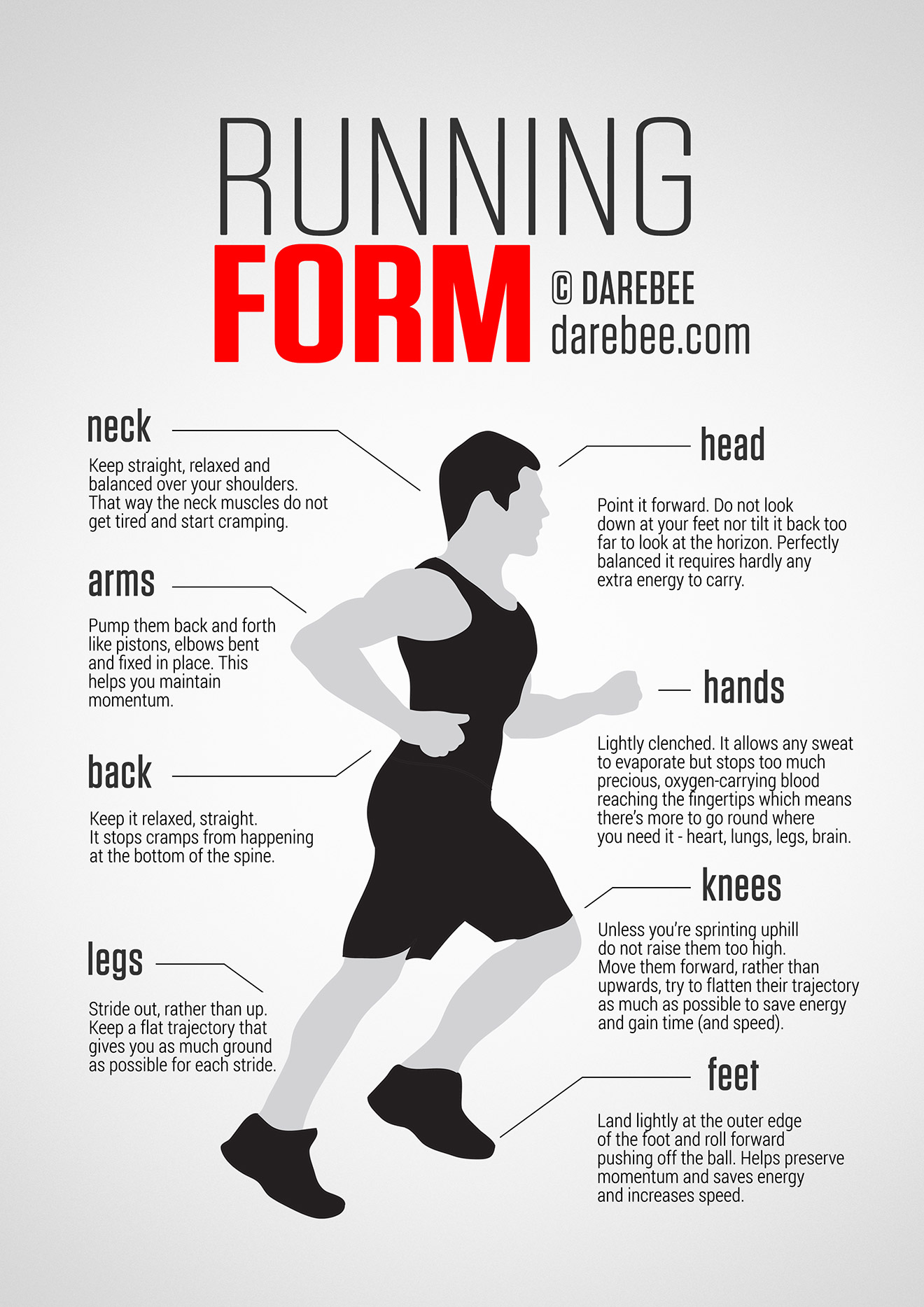
Credit: darebee.com
Muscle Development And Toning
When it comes to running, many individuals are eager to know the specific muscles that benefit from this high-energy activity.
Leaner Leg Muscles
Running is a highly effective form of cardiovascular exercise that directly targets the muscles in the legs. When you run, muscles such as the quadriceps, hamstrings, calves, and glutes are all engaged in powerful, repetitive contractions. This consistent activation helps to strengthen and tone these muscles, resulting in a more defined and leaner appearance. Additionally, running can also contribute to increased muscle endurance, allowing individuals to sustain prolonged periods of activity without experiencing muscle fatigue.
Stronger And More Defined Core
Contrary to popular belief, running is not just about working the lower body – it also plays a significant role in strengthening and toning the core muscles. As you run, your abdominal muscles, obliques, and lower back muscles are engaged to stabilize your body and maintain proper posture. This constant engagement not only helps to strengthen the core but also supports the development of a toned and well-defined midsection. A strong core is essential for overall stability and can contribute to improved running performance and reduced risk of injury during other activities.
Tips To Maximize Muscle Activation While Running
When it comes to running, engaging the right muscles is crucial for optimal performance and overall fitness. Running is a fantastic cardiovascular exercise that activates several major muscle groups in the body. By incorporating specific strategies during your runs, you can maximize muscle activation and take your fitness to the next level. Here are some tips to help you engage the right muscles effectively:
Incorporate Hill Runs
Running uphill is an excellent way to activate and strengthen your leg muscles. When you run on an incline, your calves, quadriceps, hamstrings, and glutes work harder to propel you forward. This increased effort results in greater muscle activation. Additionally, hill runs improve your overall running efficiency, making you a stronger and more efficient runner. To incorporate hill runs into your routine, look for steep inclines in your area or utilize a treadmill with an incline setting. Start with shorter durations and gradually increase the intensity as your muscles adapt.
Engage In Sprint Intervals
Sprint intervals are a powerful training technique that targets multiple muscle groups and boosts overall muscle activation. By alternating between short bursts of intense sprinting and periods of active recovery, you can enhance endurance, speed, and the activation of your leg and core muscles. During the sprinting phase, engage your glutes, hamstrings, quadriceps, and calves to maximize muscle activation. Incorporating sprint intervals into your running routine not only challenges your muscles but also promotes fat burning and cardiovascular fitness.
During your sprint intervals, focus on maintaining proper form and posture to ensure the correct muscles are being engaged. Keep your core tight and your shoulders relaxed. Opt for a smooth transition between the sprinting and recovery phases, allowing your muscles to fully recover before the next sprint.
Frequently Asked Questions For What Muscles Does Running Work
What Muscles Are Used When Running?
When running, major muscle groups such as quadriceps, hamstrings, glutes, calves, and core muscles are all engaged.
Does Running Build Leg Muscles?
Yes, running helps to build and strengthen leg muscles such as quadriceps, hamstrings, and calf muscles.
Can Running Tone Your Abs?
Running is a great exercise for toning abs as it engages the core muscles and helps in getting a flatter stomach.
Conclusion
Running engages major muscle groups like calves, quadriceps, hamstrings, and glutes to improve strength and endurance. Understanding the muscles involved in running enables you to train effectively and prevent injuries. Incorporating strength training exercises can optimize running performance and reduce the risk of overuse injuries.
Keep moving and enjoy the benefits of your running workout!

